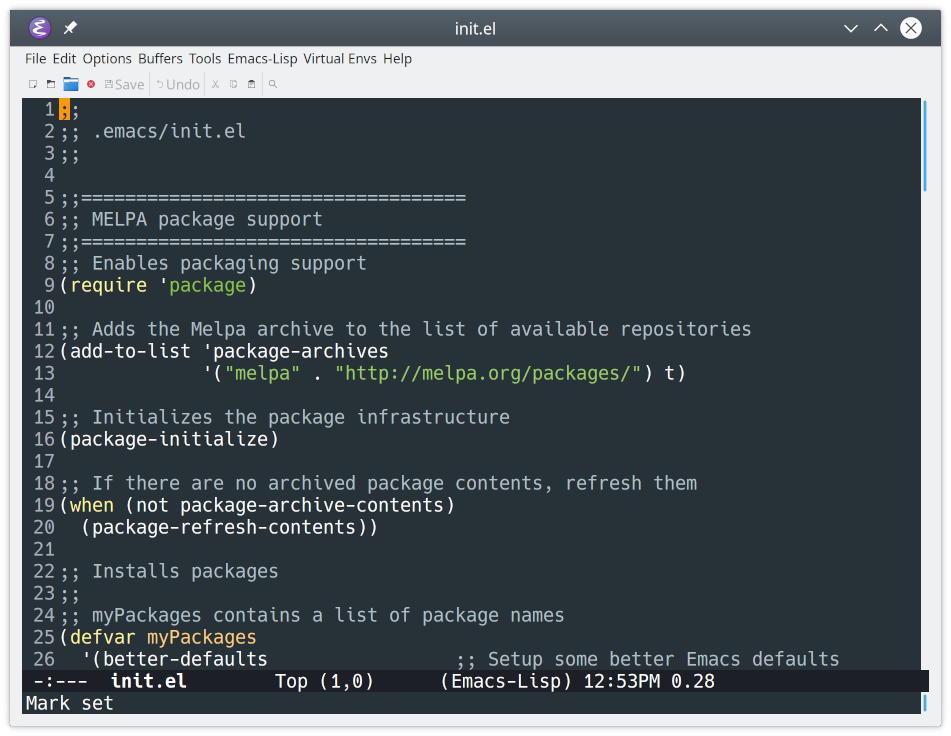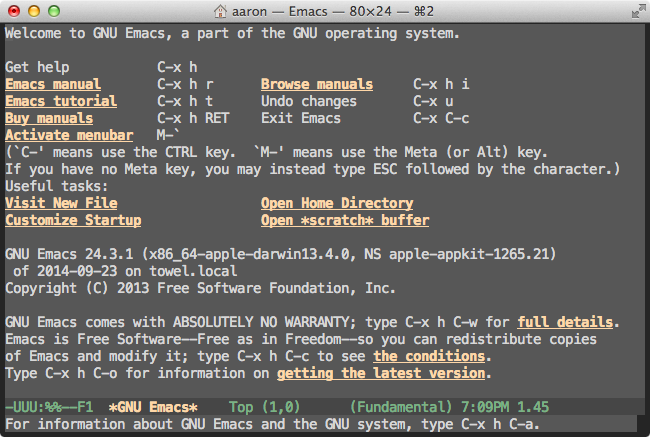

However, that probably has a lot more to do with TRAMP than any of the language servers, and in any case Magit still makes emacs far superior. ConclusionsĮmbarrassingly, neither setup provided as pleasant an SSH based workflow as VS Code. Where you will need to replace "blah" with the output of (system-name). Essentially we have the following Rosetta stone.ġ ( after! eglot 2 :config 3 ( add-hook 'nix-mode-hook 'eglot-ensure ) 4 ( add-hook 'f90-mode-hook 'eglot-ensure ) 5 ( set-eglot-client! 'cc-mode ' ( "clangd" "-j=3" "-clang-tidy" )) 6 ( set-eglot-client! 'python-mode ' ( "pylsp" )) 7 ( when ( string= ( system-name ) "blah" ) 8 ( setq exec-path ( append exec-path ' ( 9 ( concat ( getenv "HOME" ) "/.micromamba/envs/lsp/bin/" ) python, fortran 10 ( concat ( getenv "HOME" ) "/.local/lsp/bin/" ) clangd 11 ( concat ( getenv "HOME" ) "/.digestif/bin/" ) tex 12 ( concat ( getenv "HOME" ) "/.nvm/versions/node/v16.1.0/bin/bash-language-server" ) 13 ))) 14 ) 15 ) Language Serversįor getting the language server providers themselves, we will mostly leverage direct binaries where possible, but also, depending on the implementation, virtual environments 3. I’m more interested in working with doom-emacs than vanilla emacs and so am pretty invested in non-core libraries like projectile 2. This is great, and a good direction for the project to grow in, but it constrains my workflow unnecessarily.

Overall the main issue with eglot seems to be the insistence to be accepted into emacs core someday. In particular this means it works poorly with git sub-modules.Uses project.el to pick root directories (i.e.git).No projectile support planned (though there are workarounds).
#Emacs python mode full#
In-fact, even adding the full path to the binary to PATH is good enough for eglot. Usage was pretty sweet (after getting clang-tools for clangd), it can be activated by running eglot in any supported buffer, and it came with all the standard bells and whistles.įor working with tramp too, after Emacs 27.1, in most cases it just works, one simply needs to supply the location of the language server executable and we’re off to the races. Getting started with eglot was surprisingly pleasant, for doom ships a pretty out-of the box configuration anyway.ġ init.el 2 ( lsp +eglot ) Activate eglot 3 ( python +lsp ) Python with pyls by default 4 ( cc +lsp ) C++ with clangd by default
#Emacs python mode license#
See the License for information about copying.

These lack the deep integration of documentation you get with emacs-lisp and Python functions.Ĭopyright (C) 2014 by John Kitchin. These scripts could be written in Python, Perl, Ruby, etc… This seems like a simpler and more flexible approach, except that it requires creating the shell commands and putting them on the executable path (as opposed to having Python modules on a PYTHONPATH). This uses the shell-command features in Emacs. Emacs can capture this and use it to modify the buffer. For example, Xah Lee describes an approach where an arbitrary script can take data on stdin, process it, and output the results to stdout. Right now, this is possible in limited ways. It would be awesome if you could extend emacs more easily in other languages, especially scripting languages such as Python that have numerical and plotting capabilities. Overall, I find the project very interesting. There is an open question on StackOverflow here on this issue.


 0 kommentar(er)
0 kommentar(er)
